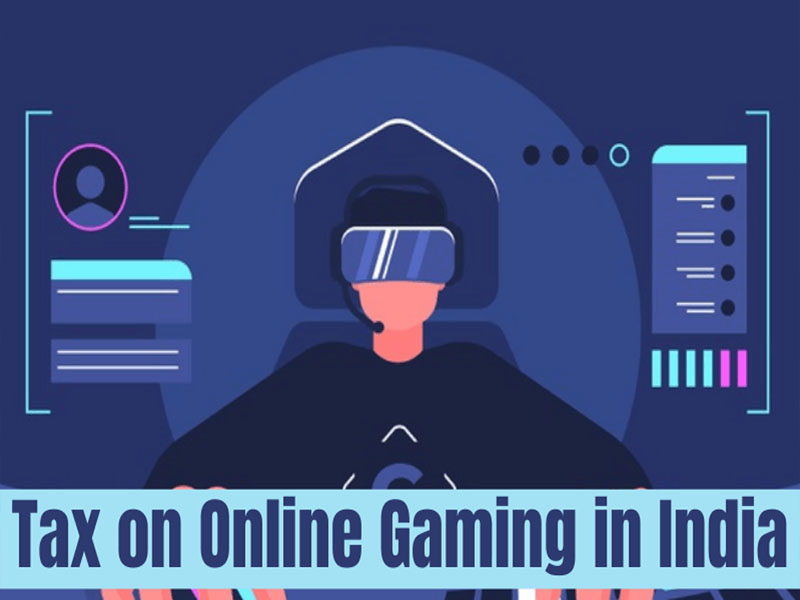The term, one size fits all is definitely not compliant to taxation. A deep understanding of an industry is imperative to be able to develop a tax regime that is conducive to the sector and leads to fair compliance as well. The GST Council and Ministry of Finance has brought together Casinos, Racecourses and Online Gaming for a reconstitution of GST rate and valuation. Bringing online gaming into this subset is a clear mismatch given the clear distinction between online gaming and gambling. Indian courts. Multiple High Courts and even the Supreme Court of India have ruled in favour of Online Gaming and established it as a game of skill.
The average ticket price of most online gaming platforms falls between INR 25-35. It definitely is not comparable in any form to activities like horse racing or casinos with higher and unrestrained entry values and hence requires a different regulatory and taxation regime.
In a recent report by EY, Bipin Sapra, EY India Indirect Tax Partner said, “To enable the online gaming industry in realising its peak growth potential, it is imperative that the GST regime for Online gaming Industry is kept rational and at par with other technology platforms.”
The report further states that most of the industry players have a platform fee in the range of 4% ~ 20%. Any attempt to levy GST on the entire value essentially leads to economic unviability of the business model and would force the closure of businesses. For instance, for every gameplay of, say INR 100, the gaming platform earns anywhere between INR 4 to INR 20. If GST is sought to be levied on the entire stake value, i.e., INR 100, it effectively wipes out the revenue (let alone the net margins) and renders the business unviable to even cover the operational expenses.
Experts strongly believe that the industry will suffer significantly if the current taxation regime is changed. The current regime post GST, the industry is taxed under HSN Code 998439 @18% on platform fee/ Gross Gaming Revenue (GGR). It will be conducive to continue the current practice of considering platform fee as value of supply. Further, international standard GGR rates stand at between 7-20%.
As per the EY report, the market size and estimated growth numbers hint a steady growth trend wherein global online gaming revenue is estimated to grow from US$38 billion (approx.) in 2019 to US$122 billion (approx.) by 2025. On similar lines, the domestic market for online gaming is estimated to grow from US$906 million in 2019 to over US$5 billion in 2025 representing a CAGR of 22% approx (BCG-Sequoia report). Therefore, the domestic industry has the potential to scale quickly and become a meaningful contributor. Digitising the gaming industry has led to tapping into an otherwise unorganised sector and brought more accountability. The likelihood of the youth being tech savvy (as compared to older sections of population) and thus, embracement of online gaming augurs well for the growth of the industry in India in the time to come. The market size and projected growth indeed point to this trend.
The online gaming industry plays a big role in India’s technology landscape and also forms a key pillar of India’s high-growth, high potential AVGC industry. This sector is showing incredible growth and economic impact. A stable & progressive tax regime is much needed to keep compliance sustainable for existing and new players.
In doing so, the industry will attract an increased FDI and growth, enhanced consumer interest and tax revenue, which will help the government in the long term and make India a dominant global force as an online gaming hub.


